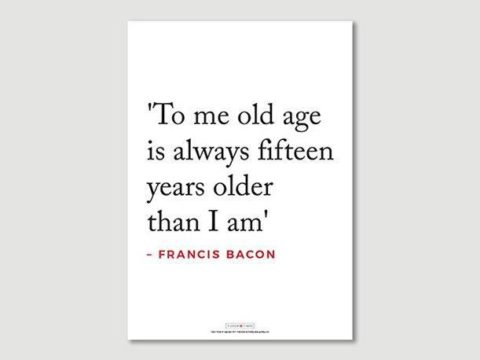The 1553 Succession Crisis
Chapter 1: Background
Henry VIII moved heaven and earth to obtain a legitimate son to succeed him. He had his first marriage to Katharine of Aragon annulled, after twenty-two years, and his second, to Anne Boleyn, terminated with execution. It was only from his third marriage, to Jane Seymour, that a son who lived beyond infancy was born.
From these three marriages, Henry was father to Mary, Elizabeth and Edward. Both his daughters had been considered his heirs at one time, but both had been ruled illegitimate. In 1543, Parliament debated a new bill to settle the succession to the Crown, passed as the 1544 Act of Succession.
First, naturally, came Edward and his heirs. He was male, and only the narrowest interpretation by ardent Catholics could impugn his legitimacy (on the grounds that Henry was excommunicate from the Church). This was nothing but affirmation of common law – neither Henry nor Parliament could interfere with the basic laws of inheritance.
Next came any subsequent legitimate children Henry might have, regardless of gender. It is not probable that this eventuality was seriously envisaged.
Should Edward have no heirs of his own, the Lady Mary, still branded illegitimate, was to inherit, and, if she had no heirs, she was to be followed by the Lady Elizabeth and her heirs.
This was straightforward and no more than expected. Henry could have left the matter there – he had no reason to suppose that he would not have grand-children. However, an additional clause in the Act gave Henry personally the right to designate in his will the successor to follow Elizabeth’s heirs. The Act did not name anyone.
In December 1546, Henry drew up his final will. He confirmed the Act of 1544, but then added further successors. Instead of following the rules of primogeniture, which would have identified the descendants of his older sister, Margaret, Queen of Scots, he selected the descendants of his younger sister, Mary, Queen of France and Duchess of Suffolk.
Overlooking his nieces, the French Queen’s daughters, (Frances Grey, nee Brandon, Marchioness of Dorset and Eleanor Clifford, nee Brandon, Countess of Cumberland) he named Lady Dorset’s heirs. Lady Dorset had no sons in 1546, only three daughters – Ladies Jane, Katherine and Mary Grey.
Henry died on 28th January 1547, and was smoothly succeeded by Edward, now Edward VI.
Edward was nine when he became King. He received a staunchly Protestant education after his father’s death, and during his reign Catholicism was largely swept away – officially, if not in the minds and hearts of the majority of the population. This put the young King on a collision course with his half-sister and heir, Lady Mary, committed to the old faith.





